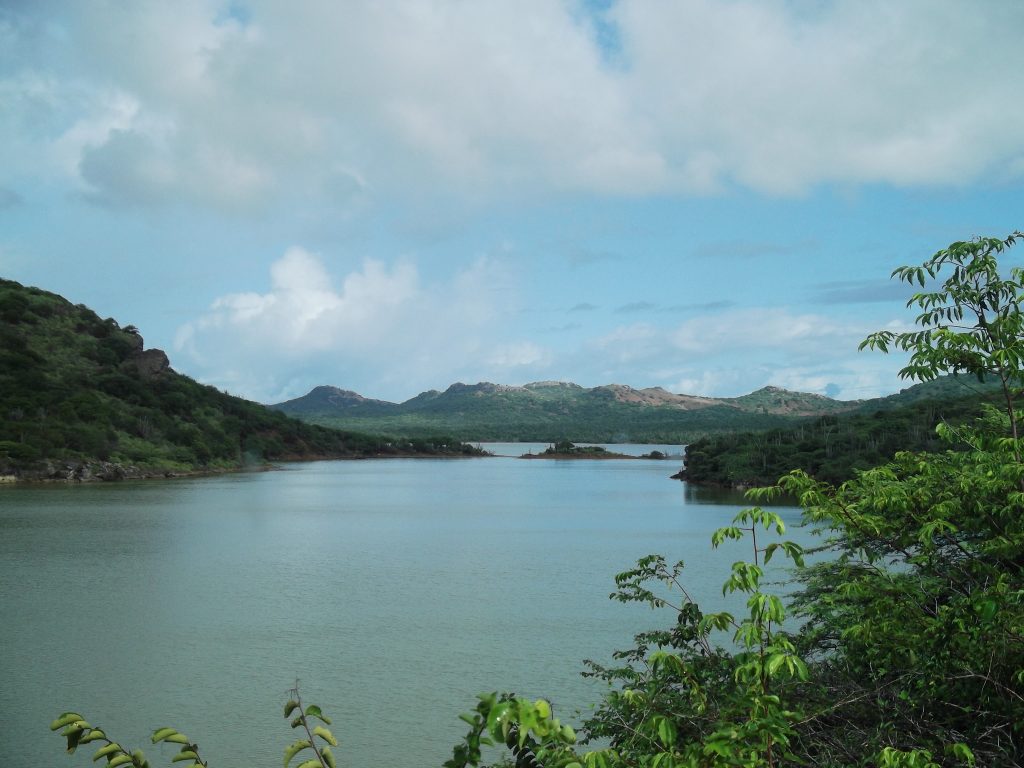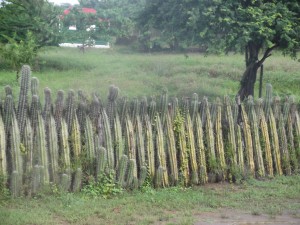I was recently on a flight toBarbados (just had to get that in) and I was reading ‘predictions for 2012’ in the on-flight magazine. Several ‘experts’ independently see this new year heralding a mass yearning to get away from the fast-paced digital age and experience something a bit ‘rustic’. People will want to visit places where their Blackberries don’t work. Apparently there’ll be new markets in more adventurous tourism, with people wanting to explore places that have never appealed before. I expect that going somewhere without the luxury facilities we’ve demanded in the past will also be a bit cheaper – perhaps not a coincidence.
This got me thinking about new doors opening for landscape architecture. The idea of exploring new places means that people will be visiting landscapes which perhaps aren’t ready for people. The implications on the landscape – and landscape architecture – are potentially huge.

Some truly awesome landscapes are those which we consider to be wildernesses. They’re un-touched by human hand and we should think of them as the territory of nature. If humans are going to go there we need to find a balance between the needs of nature and the basic needs we have, to make a place ‘fit-for-purpose’ as somewhere humans can visit and enjoy. Sensitive design and then ongoing management are key and very much the domain of the landscape architect.
The same could be said for places that aren’t wildernesses as such, but are simply ‘less explored’. Here not only is there a delicate balance between the needs of humans and nature, but also between humans and humans. In all parts of the world the native communities who inhabit less explored landscapes have their cultural needs. As a landscape architect, I always find it fascinating to learn about the needs of local people. It is important to keep an open mind because sometimes those needs would never occur to me. The challenge is then to respect those needs and concurrently integrate the needs of our clients. It can be done!

The ‘predictions for 2012’ also said that people would start to get fed up with living a ‘virtual’ lifestyle, where they check their messages at the dinner table, but ignore the people they’re physically with. Apparently, you don’t want to read this blog any more…